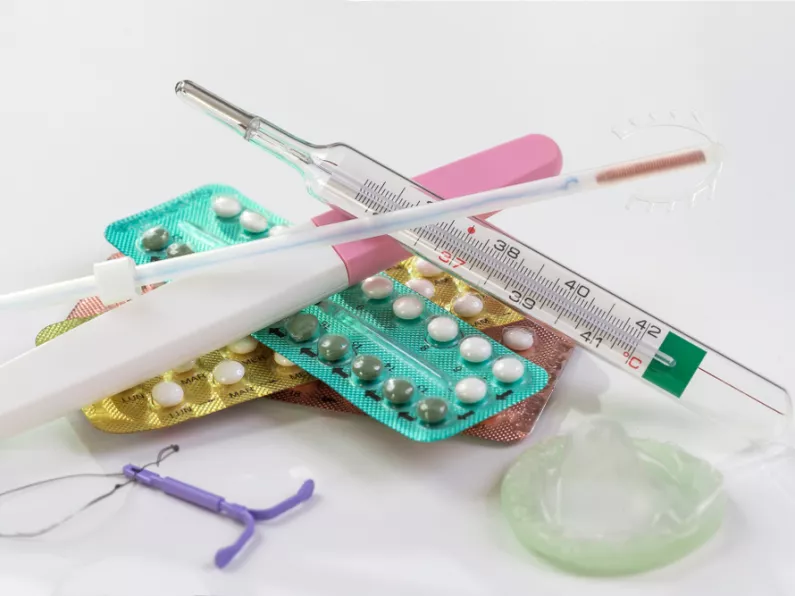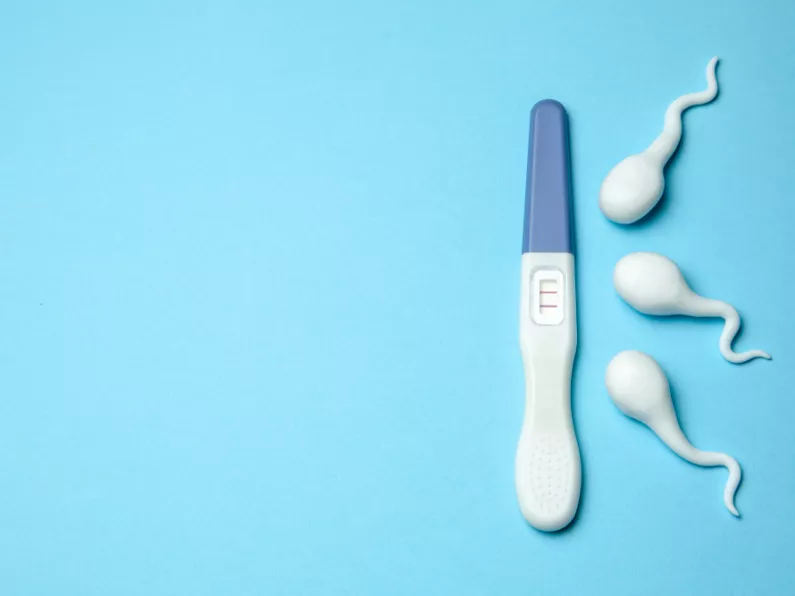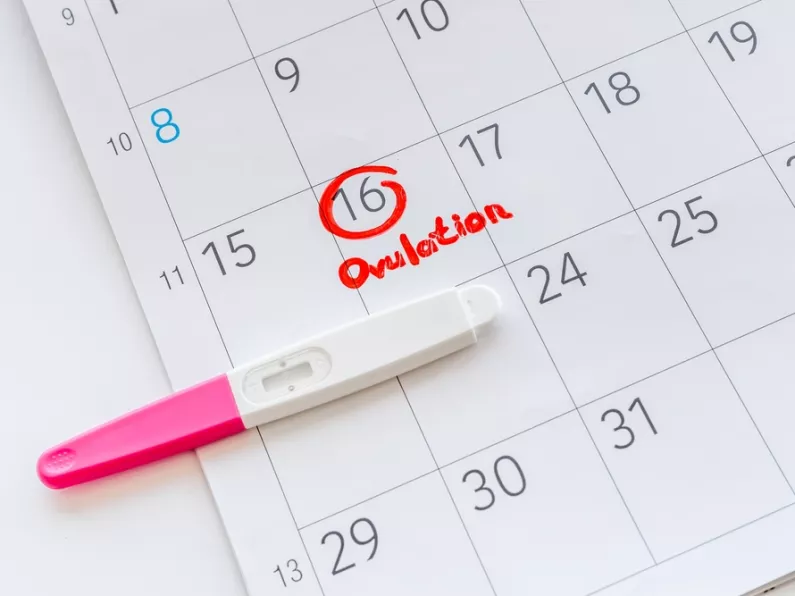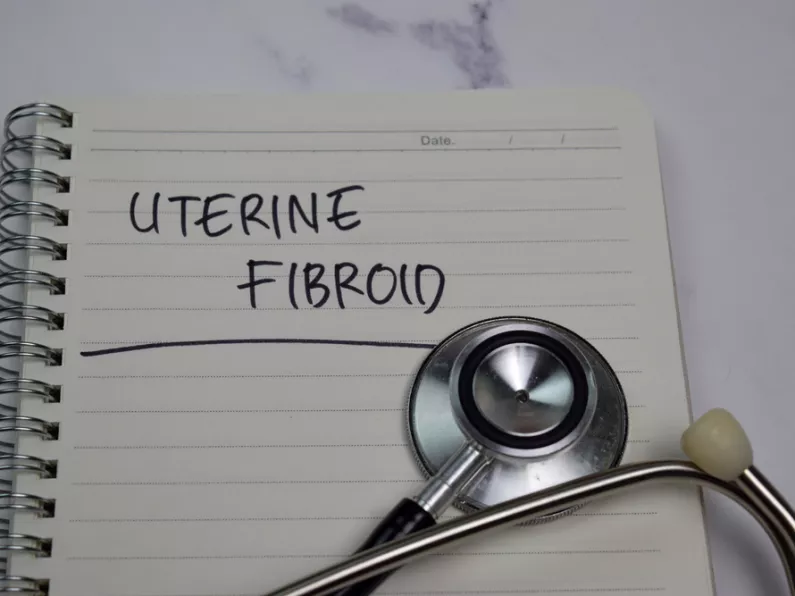March is Endometriosis Awareness Month, so let's discuss 7 things you should know about endometriosis
Endometriosis affects approximately 10% of women and girls of reproductive age worldwide.
Those affected by endometriosis have tissue resembling endometrium (the lining of the uterus) growing outside their uterus.
Unfortunately, endometriosis is a long-term chronic condition that can significantly impact on a woman’s physical health, emotional wellbeing and daily routine.
Symptoms associated with endometriosis vary, and include a combination of:
- painful periods
- chronic pelvic pain
- pain during and/or after sexual intercourse
- painful bowel movements
- painful urination
- fatigue
- depression or anxiety
- abdominal bloating and nausea.
Endometriosis can also cause infertility.
Symptoms often improve after menopause, but in some cases painful symptoms can persist.
7 things you should know about endometriosis
- Endometriosis occurs when tissue similar to the inner lining of the womb (endometrium) is found elsewhere in the body, usually in the pelvis around the womb, ovaries and fallopian tubes.
- Endometriosis affects roughly 10% of reproductive age women and girls globally
- It is a chronic disease associated with severe, life-impacting pain during periods, sexual intercourse, bowel movements and/or urination, chronic pelvic pain, abdominal bloating, nausea, fatigue, and sometimes depression, anxiety, and infertility.
- The variable and broad symptoms of endometriosis mean that healthcare workers do not easily diagnose it and many individuals suffering from it have limited awareness of the condition. This can cause a lengthy delay between onset of symptoms and diagnosis
- At present, there is no known cure for endometriosis, and treatment is usually aimed at controlling symptoms
- Access to early diagnosis and effective treatment of endometriosis is important, but is limited in many settings, including in low- and middle-income countries.
- There is a need for more research and awareness raising around the world to ensure effective prevention, early diagnosis, and improved management of the disease.
Cause and diagnosis
Early suspicion of endometriosis is a key factor for early diagnosis, as endometriosis can often present symptoms that mimic other conditions and contribute to a delay in diagnosis.
Endometriosis is a complex disease that affects some women from the onset of their first period through menopause.
Doctors don’t know why endometriosis occurs but believe it may happen when cells that line the womb are carried to the pelvis during a woman’s period.
Unlike the cells from the womb lining, which can leave the body through the vagina during menstruation, the endometriotic cells have nowhere to escape.
Many different factors are thought to contribute to endometriosis, including genetics and reduced immunity.
A careful history of menstrual symptoms and chronic pelvic pain provides the basis for suspecting endometriosis.
Prevention
At present, there is no known way to prevent endometriosis.
But enhanced awareness, followed by early diagnosis and management, may slow or halt the natural progression of the disease and reduce the long-term burden of its symptoms.
There is currently no cure.
Treatment
Medical treatments for endometriosis focus on either lowering estrogen or increasing progesterone in order to alter hormonal environments that promote endometriosis
Treatment can be with medications and/or surgery depending on symptoms, lesions, desired outcome, and patient choice.
Contraceptive steroids, non-steroidal anti-inflammatory medications, and painkillers are common therapies.
All must be carefully prescribed and monitored to avoid potentially problematic side effects.
Most current hormonal management is not suitable for persons suffering from endometriosis who wish to get pregnant, since they affect ovulation.
Surgery can remove endometriosis lesions, adhesions, and scar tissue. However, success in reducing pain symptoms and increasing pregnancy rates are often dependent on the extent of disease.
World Health Organization
According to the World Health Organization, some of the current priorities related to endometriosis include:
- Awareness: Raising awareness about endometriosis among health care providers, women, men, adolescents, teachers and wider communities. Local, national and international information campaigns to educate the public and healthcare providers about normal and abnormal menstrual health and symptoms are needed
- Training: Training all healthcare providers to improve their competency and skills to screen, diagnose, manage, or refer patients with endometriosis. This can range from basic training of primary healthcare providers to recognize endometriosis, to the advanced training of specialist surgeons and multidisciplinary teams
- Primary health care: Ensuring that primary health care plays a role in screening, identifying and providing basic pain management of endometriosis, in situations where gynaecologists or advanced multidisciplinary specialists are unavailable
- Advocacy: Advocating for health policies that ensure access to at least a minimum level of treatment and support for patients with endometriosis
- Investment: Strengthening capacity of health systems to achieve early diagnosis and management of endometriosis by enhancing availability of equipment (e.g. ultrasound or magnetic resonance imaging) and pharmaceuticals (e.g. non-steroidal analgesics, combined oral contraceptives and progestin-based contraceptives).
- Research: Increasing research on endometriosis.







